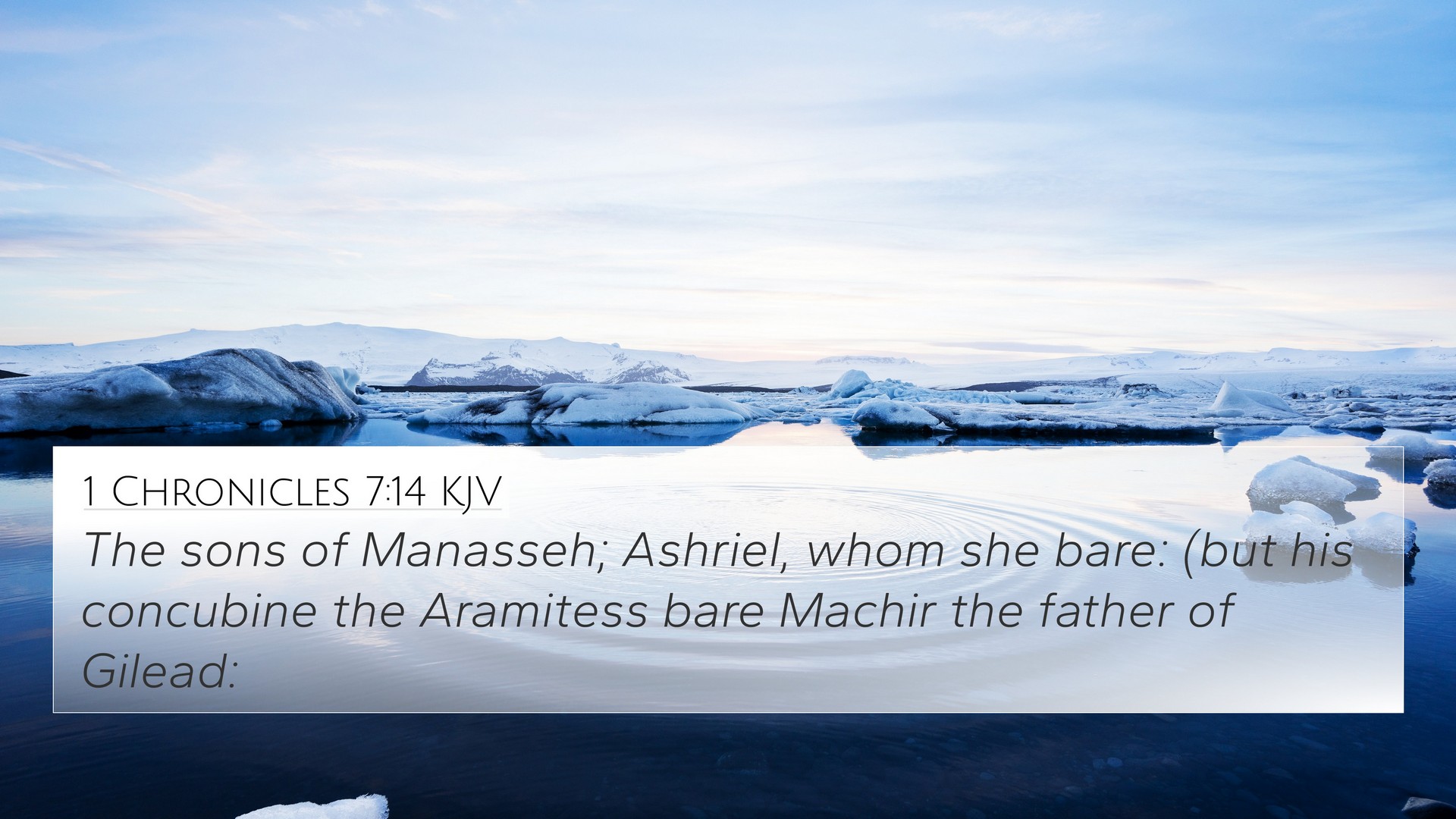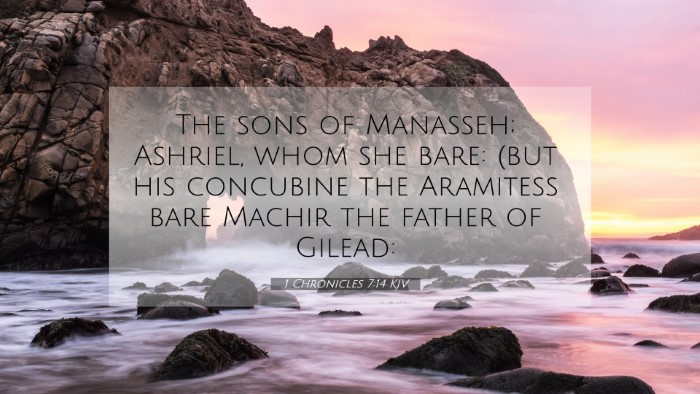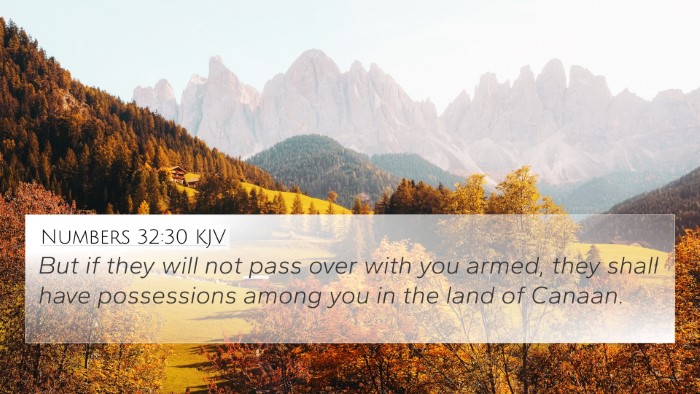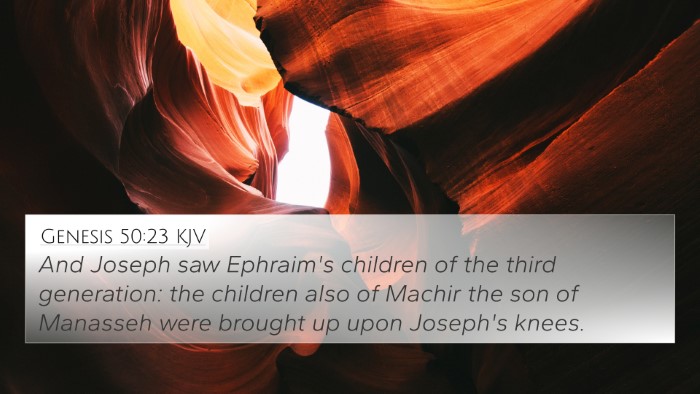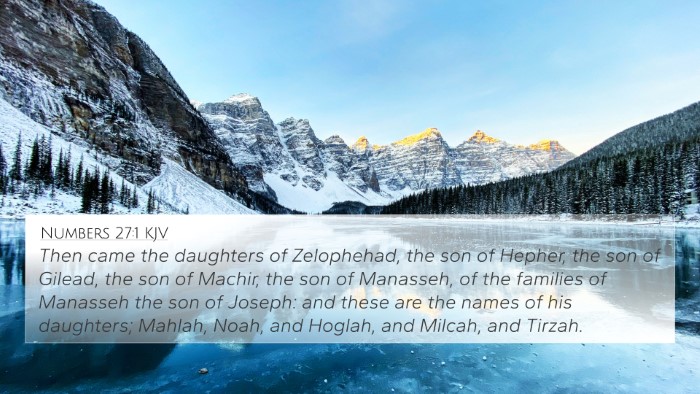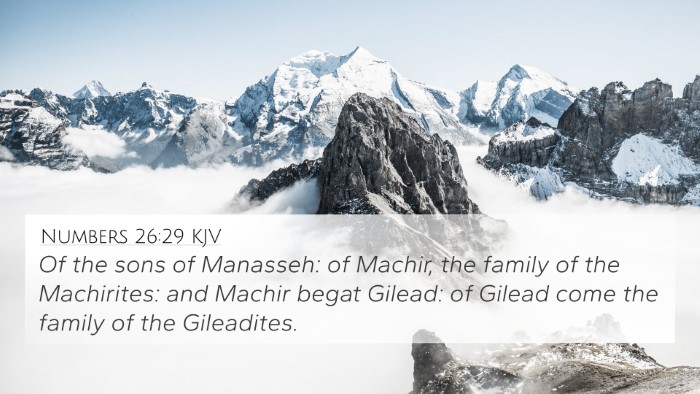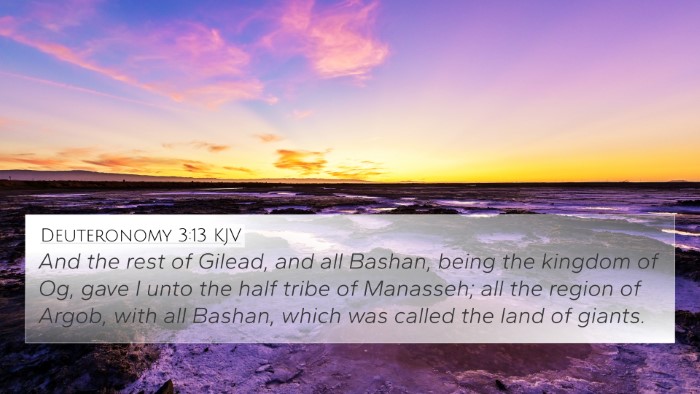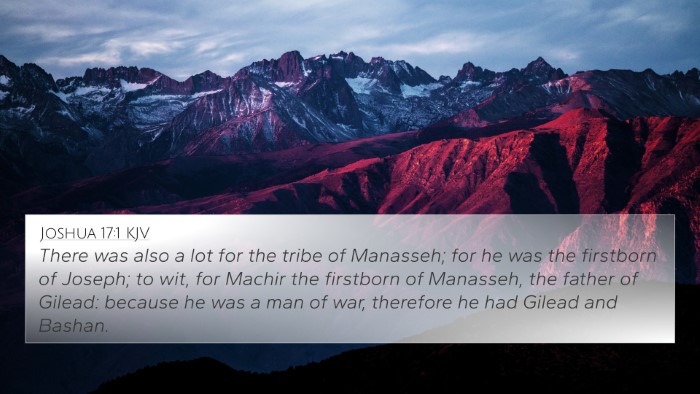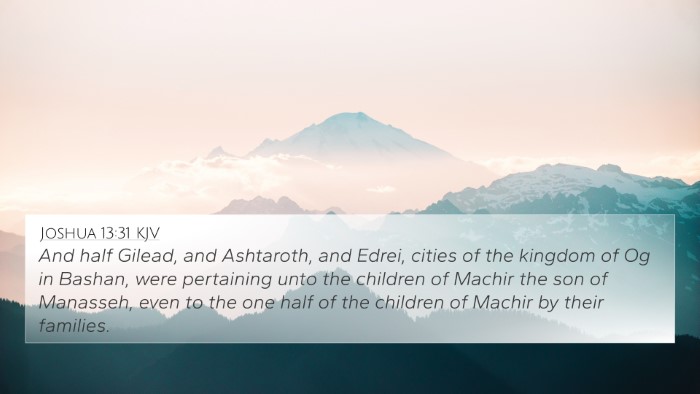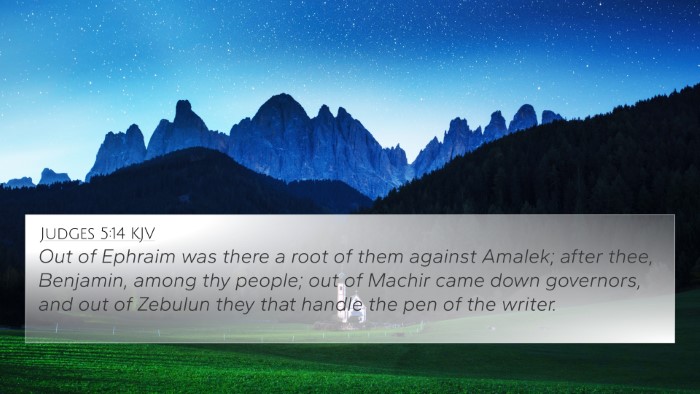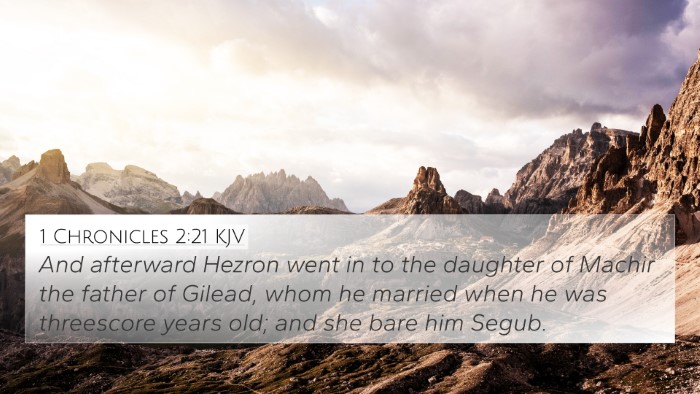Understanding 1 Chronicles 7:14
The verse 1 Chronicles 7:14 states: "The sons of Abijah: Ahitub, and Ahijah; and Ahijah begat Ahitub." This verse may seem simple at first glance, yet it carries profound meaning as it relates to themes of heritage, identity, and the lineage of the priesthood.
Contextual Background
The genealogies in 1 Chronicles serve to establish the legitimacy and authority of the tribes in Israel, especially in regard to the priestly line. By analyzing this verse through cross-references and insights from public domain commentaries, one can gain a deeper understanding of its implications.
Commentary Insights
- Matthew Henry:
Henry points out that genealogies reveal God's faithfulness to His promises. The line of priests shows the divine order established in Israel.
- Albert Barnes:
Barnes emphasizes the importance of the priestly lineage, illustrating how these descendants were critical for maintaining worship and sacrifices in accordance with God's law.
- Adam Clarke:
Clarke notes the significance of the names listed, suggesting that understanding their meanings provides insight into their roles and responsibilities in the priesthood.
Thematic Connections
This verse connects deeply with several themes in the Bible, including:
- Heritage and Identity: The verse illustrates the importance of acknowledging one's family line and heritage in relation to God's promises.
- Continuity of the Priesthood: The priestly line from Aaron is crucial in understanding how worship was conducted through generations.
- God's Faithfulness: The preservation of these genealogies demonstrates God's commitment to His covenant with Israel.
Cross-Referencing Biblical Texts
To fully appreciate 1 Chronicles 7:14, there are several cross-references that highlight its significance:
- Exodus 28:1: God's establishment of Aaron as the high priest.
- Numbers 3:10: The ordination of the Levites to serve as priests.
- Nehemiah 12:10: The continued importance of the priestly line during the return from exile.
- Hebrews 7:14: The connection of Jesus Christ to the priesthood of Judah, not Levi, emphasizing the shift in priestly authority.
- Zechariah 3:1-10: A vision of the high priest Joshua, showcasing God's restoration of His people.
- 1 Peter 2:9: Believers are called a "royal priesthood," connecting to the Old Testament's priestly role.
- Psalm 110:4: The priesthood of Christ as an eternal priest in the order of Melchizedek.
Tools for Bible Cross-Referencing
For deeper study and better understanding of cross-references, consider utilizing tools such as:
- Bible Concordance: To find key terms and their occurrences throughout scripture.
- Bible Cross-Reference Guide: A valuable resource that outlines relationships between verses.
- Bible Studies: Engaging in methodologies designed for cross-referencing texts can enrich understanding.
Comparison and Analysis
Through comparative Bible verse analysis, believers can identify how themes in 1 Chronicles 7:14 resonate throughout both the Old and New Testaments. This analysis can enhance understanding of God’s plan for humanity and the role of the priesthood.
Conclusion: Inter-Biblical Dialogue
1 Chronicles 7:14 serves as a microcosm for the expansive themes present in the Scripture, showing the continuity of God's promise from one generation to another. By examining cross-references, one can discern the vital connections between Bible verses, building a robust understanding of the narrative of redemption woven throughout the entirety of the Bible.
